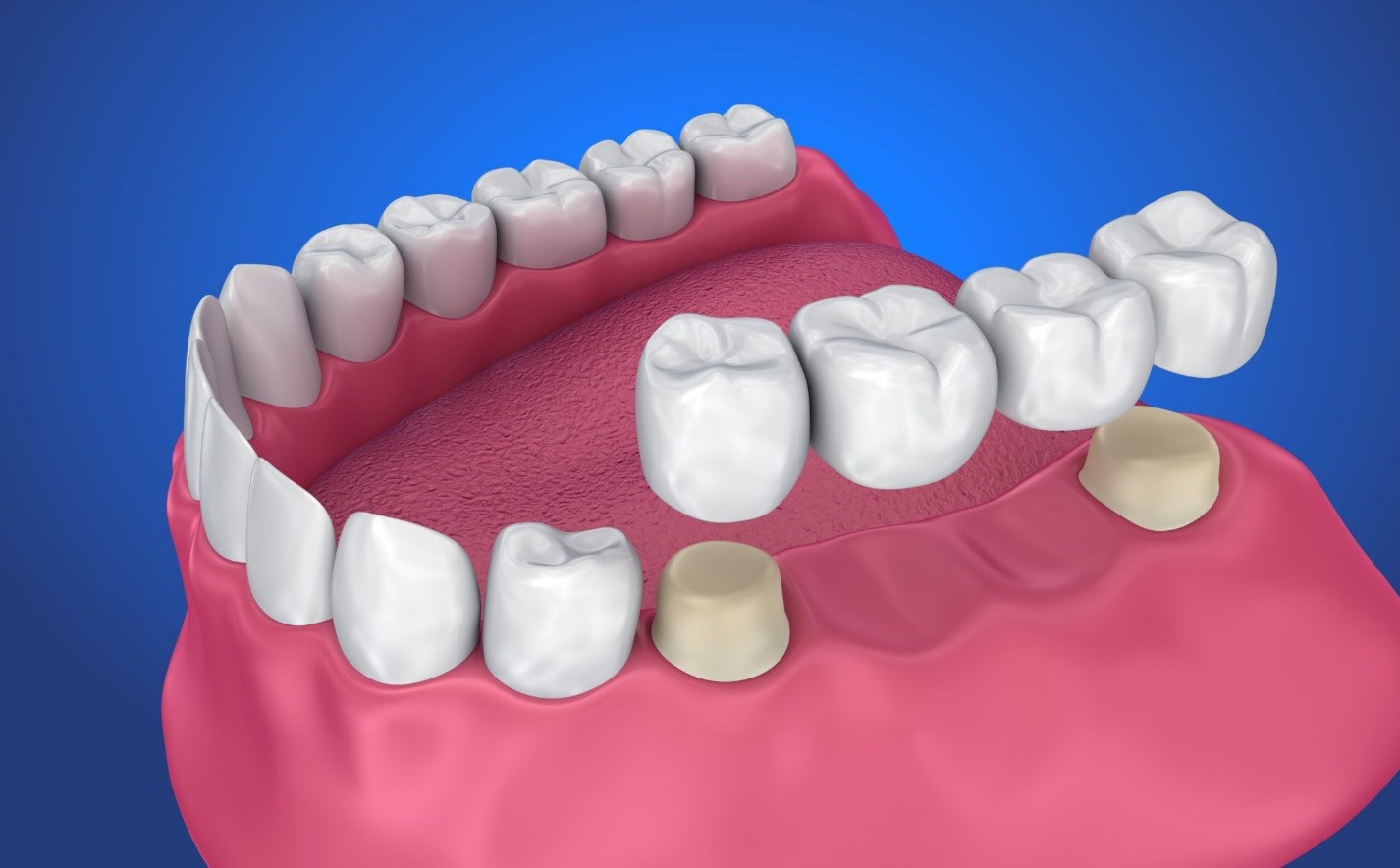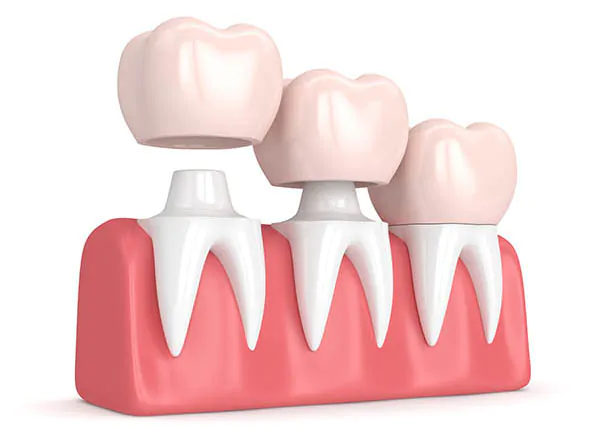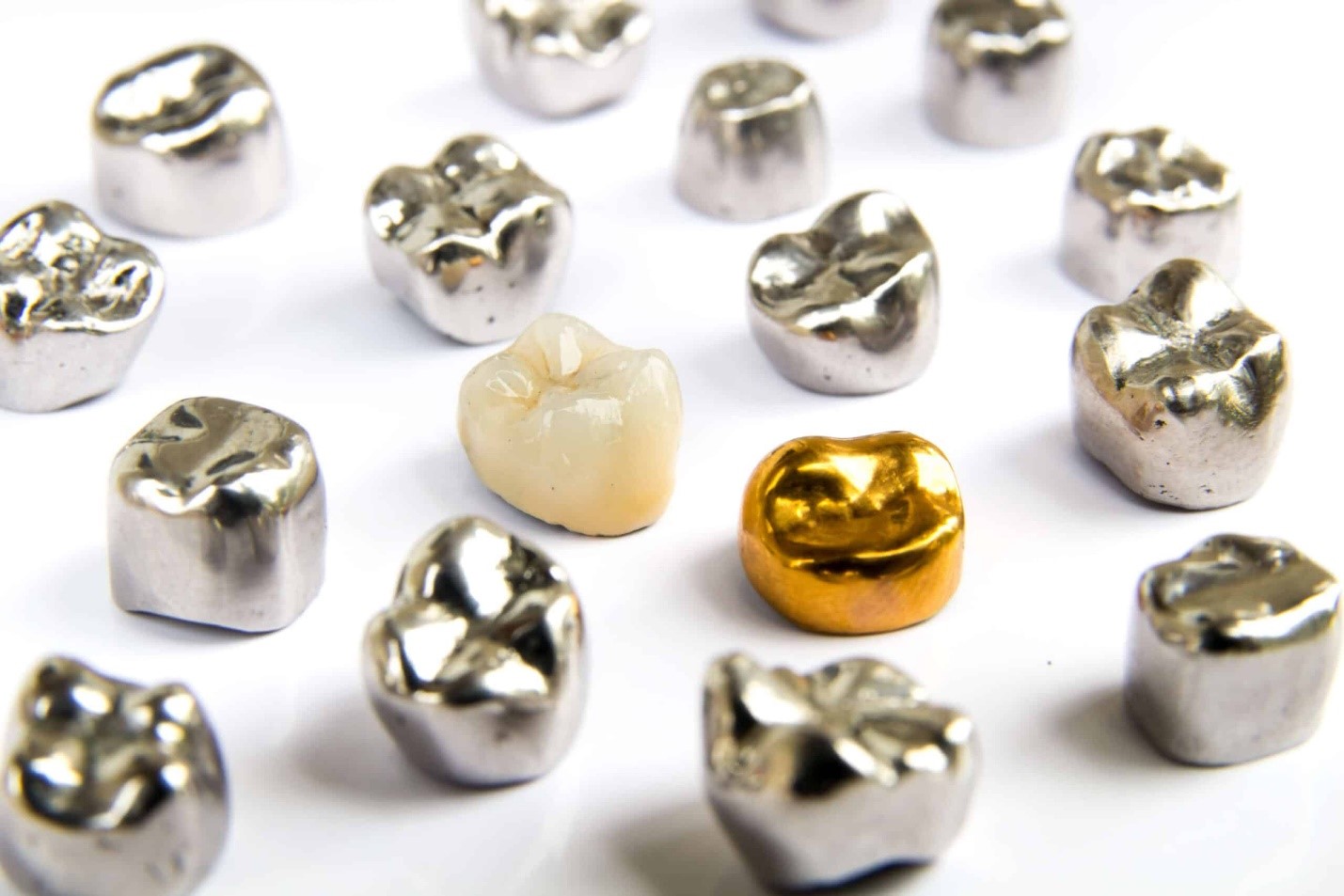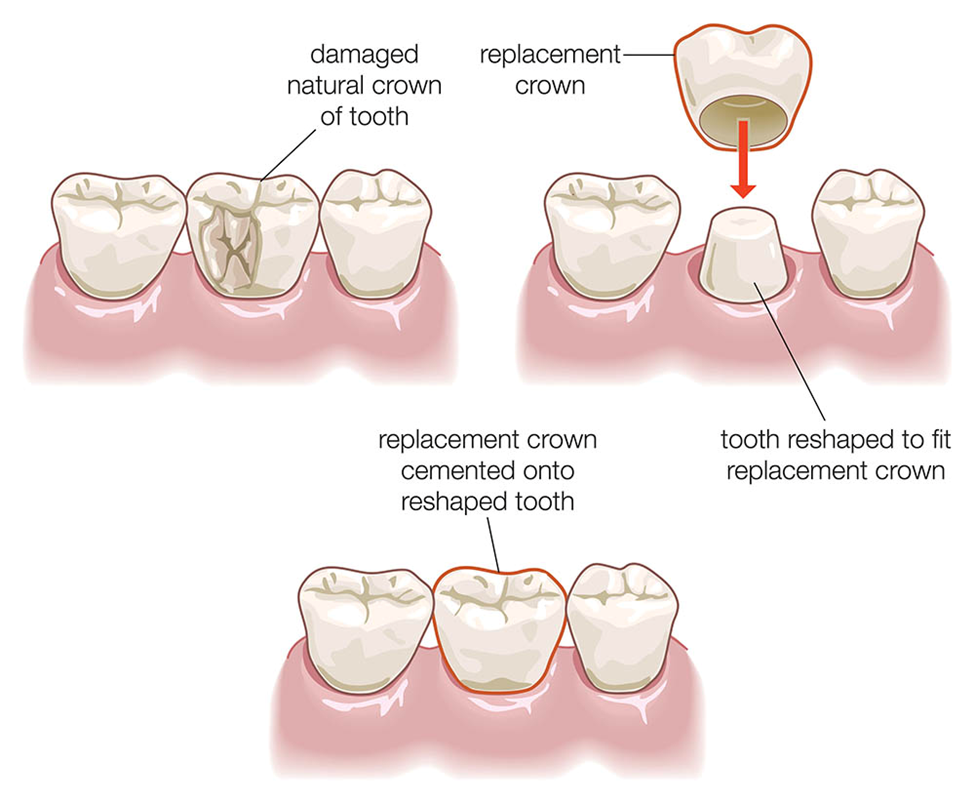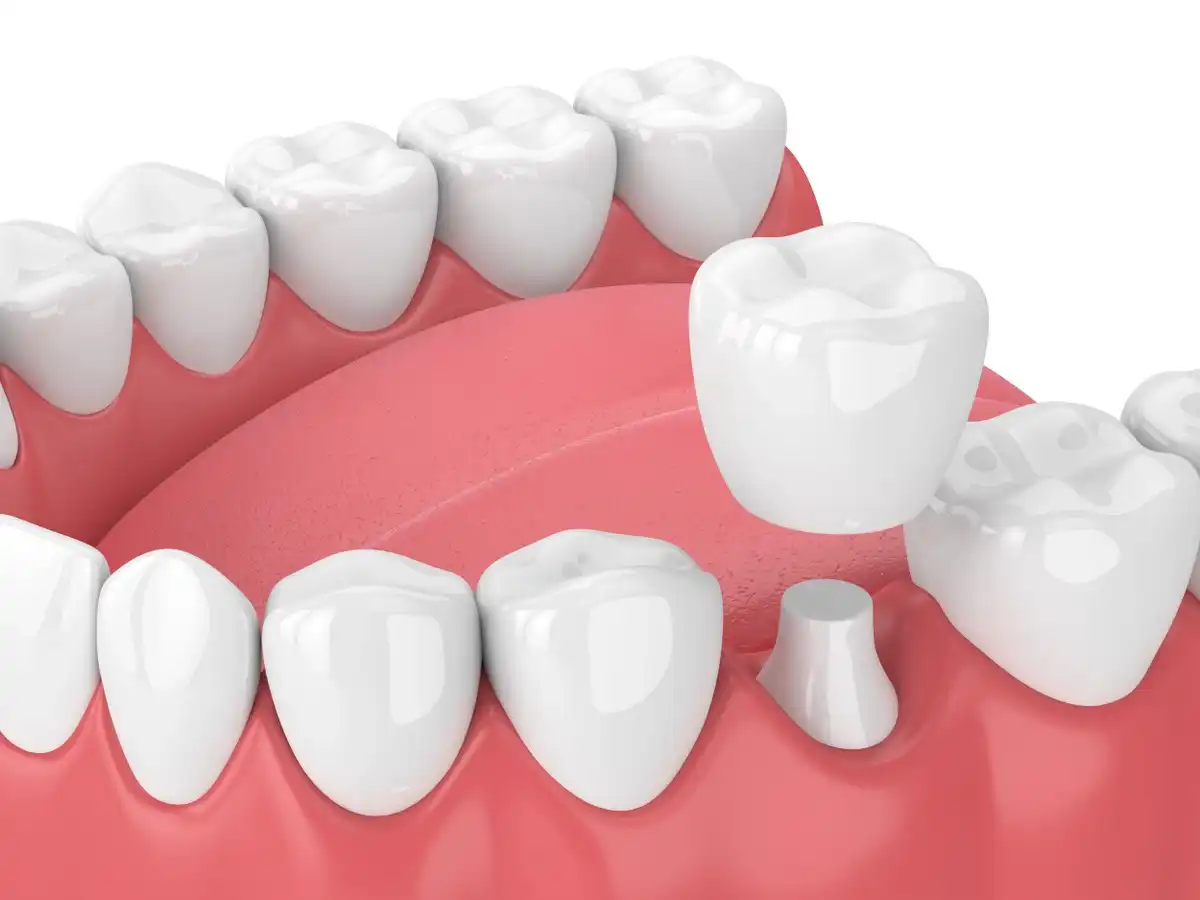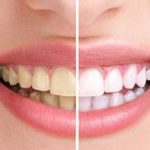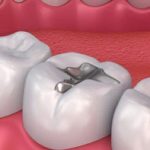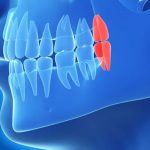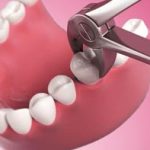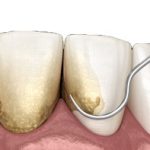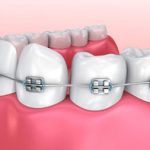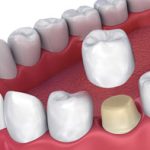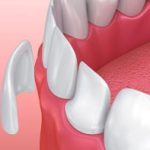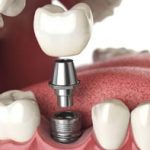DENTAL CROWNS
What is a dental crown?
A dental crown is a tooth-shaped cap. Dentists use crowns to restore weak, broken or decayed teeth.
A crown fits over your entire tooth, like a snug hat. To ensure a proper fit, a dentist will need to remove a small amount of enamel before bonding your new crown in place.
Dental technicians craft crowns from a variety of materials, including resin, metal and porcelain.
When would you need a dental crown?
Crowns serve several purposes. You may need a dental crown to:
- Strengthen a weak tooth.
- Protect and support a cracked tooth.
- Restore a worn-down or broken tooth.
- Hold a dental bridge in place.
- Cover a severely stained or discolored tooth.
- Cover a root canal-treated tooth.
- Cover a dental implant.
A dental crown can be made of many different materials and placed on top of your damaged tooth.
What is a dental crown?
A dental crown is a tooth-shaped cap. Dentists use crowns to restore weak, broken or decayed teeth.
A crown fits over your entire tooth, like a snug hat. To ensure a proper fit, a dentist will need to remove a small amount of enamel before bonding your new crown in place.
Dental technicians craft crowns from a variety of materials, including resin, metal and porcelain.
When would you need a dental crown?
Crowns serve several purposes. You may need a dental crown to:
- Strengthen a weak tooth.
- Protect and support a cracked tooth.
- Restore a worn-down or broken tooth.
- Hold a dental bridge in place.
- Cover a severely stained or discolored tooth.
- Cover a root canal-treated tooth.
- Cover a dental implant.
Types of dental crowns
There are many types of dental crowns. The kind that’s right for you depends on your personal preferences and unique oral health needs.
Metal crowns
Dental technicians use several metals to make dental crowns, including gold, palladium, nickel and chromium. Metal crowns rarely chip or break, last the longest in terms of wear and only require a small amount of enamel removal. They can also withstand biting and chewing forces.
The metallic color is the main drawback of this type of crown. Metal crowns are a good choice for out-of-sight molars.
Porcelain-fused-to-metal (PFM) crowns
Porcelain-fused-to-metal (PFM) crowns combine the durability of metal and the natural look of porcelain. Dentists can match these crowns to the shade of your own teeth.
Despite their strength, PFM crowns have some drawbacks. For example, the porcelain coating may chip off over time, exposing the metal underneath. In addition, PFM crowns may gradually wear down the enamel on your opposing teeth (the teeth that touch your crown when you close your mouth).
PFM crowns last almost as long as metal crowns. They can restore both front and back teeth.
Pressed ceramic crowns
A pressed ceramic crown has a hard inner core. It’s similar to a PFM, but the core is ceramic instead of metal. To make this inner core, a technician melts and presses ceramic in an oven at a very high temperature. Next, they add multiple layers of porcelain. Like all-porcelain crowns, pressed ceramic crowns mimic the translucency of natural tooth enamel.
Pressed ceramic crowns have the same drawbacks as PFM crowns. The layers of ceramic can chip away over time. Dentists use pressed ceramic crowns on front and back teeth.
All-ceramic or porcelain crowns
All-ceramic or porcelain crowns mimic the appearance of tooth enamel more than any other crown type. They’re also a good choice if you have metal allergies.
Lab technicians use many different materials to make ceramic crowns, but one of the most popular is zirconium dioxide. Zirconia crowns are extremely durable and can withstand heavier forces than other types of ceramic crowns. They’re also gentle on your opposing teeth, resulting in less enamel wear.
Same-day dental crowns
Many dentists use CAD/CAM (computer-aided design and manufacturing) technology to create crowns in their office while you wait. This software allows your dentist to take digital dental impressions of your teeth, and then use those impressions to design a custom crown. Once your dentist designs your crown, they’ll send the image files to an on-site milling machine. The machine will craft your new crown from a solid block of ceramic.
The main advantage of CAD/CAM technology is that you can get a dental crown in just one office visit. However, same-day crowns aren’t for everyone. Ask your dentist if you’re a candidate.
All-resin crowns
Dental crowns made out of resin are generally less expensive than other types of crowns. But they’re fragile and more likely to break compared to porcelain-fused-to-metal (PFM) crowns.
Dentists often use resin to make temporary crowns. They last three to five years on average.
What happens during a dental crown procedure?
Dental crown placement usually requires two appointments:
First visit
Steps for a dental crown procedure include:
- Preparing your tooth. To prepare your tooth for a crown, your dentist will need to remove some of your natural enamel. This makes space for your new crown and ensures that it will stay in place once bonded. Your dentist may also use a filling material to build up certain parts of your tooth. During this step, the main goal is to create a strong foundation for your new crown.
- Dental impressions. Next, your dentist will take impressions of your teeth. These may be physical impressions taken with a putty-like material or digital impressions taken with a handheld scanner. Your dentist will send these impressions to a dental lab. There, a technician will use them to create your custom dental crown.
- Temporary crown placement. It usually takes two to three weeks — sometimes longer — for a dental lab to make your new crown. While you wait on your final crown, your dentist will place a temporary one. Temporary crowns are usually made of resin or acrylic.
Second visit
When the lab finishes your new crown, they’ll send it back to your dentist’s office. During a second office visit, your dentist will:
- Remove your temporary crown.
- Check the shape, color and fit of your new crown.
- Bond the new crown to your tooth using a strong dental cement.
What happens during a dental crown procedure?
Your dental crown procedure is likely to need 1 or 2 visits to the dentist or prosthodontist.
At the first visit, your dentist or prosthodontist will prepare your tooth by removing a layer of its outer surface and shaping it. They will use a local anaesthetic so that you don’t feel any pain or discomfort.
Next, they will take a copy of the shape of the tooth. This can be done using an impression pressed into a mould, or by using a digital scanner.
The information may be sent to a lab where a technician will make the crown to fit your tooth. The lab can also match the crown to the colour of your other teeth.
A crown made by a CEREC machine can be made and fitted on the same day.
If the crown is being made in a laboratory, your dentist or prosthodontist will use a temporary crown to cover your affected tooth. It might take 2 to 3 weeks to make your crown.
When your permanent crown is ready, you will return for your second appointment. Your dentist or prosthodontist will fit the crown in place using dental cement or adhesive.
Dental crowns are used to cover a broken or decayed tooth when a filling is not an option.
How should I care for my dental crown?
Although your dental crown can’t decay, the edge of the tooth on which it sits can. You’ll still need to brush your teeth twice a day with fluoride toothpaste and a soft toothbrush and floss your teeth as usual.
What are the benefits and risks of a dental crown?
Crowns are a way of protecting teeth that are weak or have been broken. They also help improve the appearance of teeth that are irregularly shaped or stained. Crowns can last many years if they are cared for properly.
It’s possible that your dental crown could break or fall off. This might be because the cement does not hold, or it might be because the tooth under the crown has decayed.
Talk to your dentist or prosthodontist about the costs of a dental crown.
When is a Dental Crown Needed?
You may need to get a crown if:
You’ve had a root canal therapy,
You had a filling long time ago and it has fallen out,
Your filled tooth needs support,
You have a weak tooth which needs to be protected from fracturing,
You have a discolored or misshaped tooth,
Your tooth is cracked, damaged or broken due to decay or some other reasons,
You want to attach a bridge, or
You’ve got a dental implant which needs a crown placement.
Different Types of Dental Crowns
With the many advantages of a crown, you may choose to get a crown but wonder what type of dental crown would work better for you. So, here are the different types of crowns and their advantages:
Porcelain or ceramic crowns: These crowns can be matched perfectly to the color of your natural teeth. So, they are used when a front tooth is damaged.
Porcelain-fused-to-metal crowns: Porcelain bonded to a metal shell is a great option when both the strength and beauty are desired. These crowns provide more strength compared to that of a porcelain crown.
Resin crowns: Although the low price of resin crowns may catch your eyes, you need to know that resin is prone to fracture and decay. So, they will wear down as time goes by.
Crowns made of gold or metal alloys: Other materials used in crowns are gold and metal alloys. These alloys are generally stronger than porcelain. They do not wear away the underlying gum tissue over time. However, their color is not desired by many. So, they are used/recommended for back teeth.
Dental Crowns Recovery
There’s a short period of recovery after getting a tooth crown. You’ll feel numbness around your tooth for some hours after the placement. You may experience some degree of pain and discomfort for a few days following the procedure. There’s sometimes bruising and swelling at the affected spot. Irritation is also normal. All these signs will subside within a few days or a week.
Why Iran for Getting Dental Crowns?
Iran has an excellent reputation in offering dental procedures to patients from both the Middle Eastern and western countries. The country attracts many people for the high standards of dental procedures which cost a fraction of the price in other countries.
According to government officials, there are currently 25,000 active dentists offering various dental services in Iran. Well-equipped private dentistry clinics are present across major cities of Iran which make use of the latest technologies and equipment to provide the most effective treatments to both national and international patients. Dentistry clinics in Iran, indeed, are no different than the clinics you’d see in many developed countries.
Dental Crowns Cost in Iran
Dental crowns prices in Iran starts from around $270. This price includes all the related fees including medication, dentist’s visits, etc.
Getting teeth crowns in this country, you’ll be able to save from 30% up to 70% of the cost you’d pay for the same procedure in other countries. For example, a dental crown, depending on the type, costs from $800 to $3,000 in the US. The same service costs up to $2,000 and $2,500 in England and Australia, respectively.



